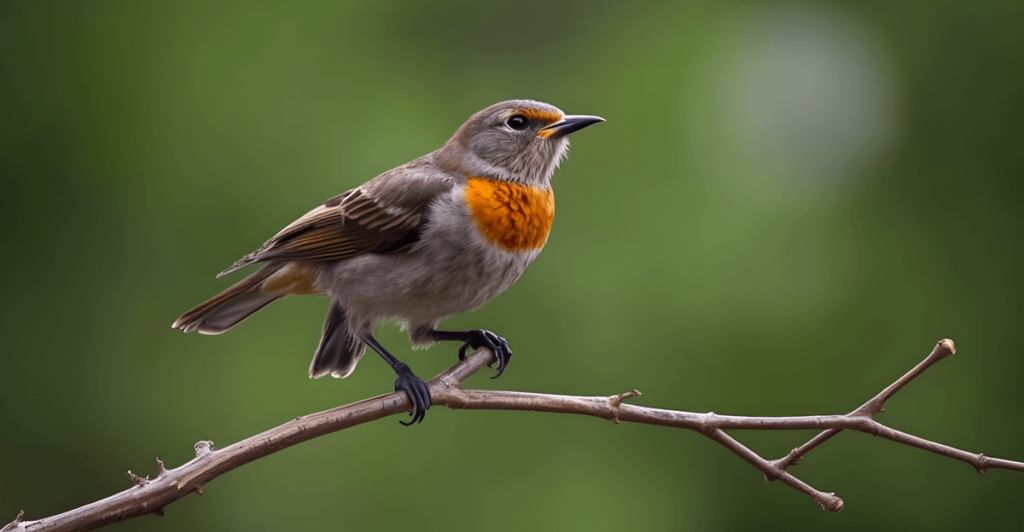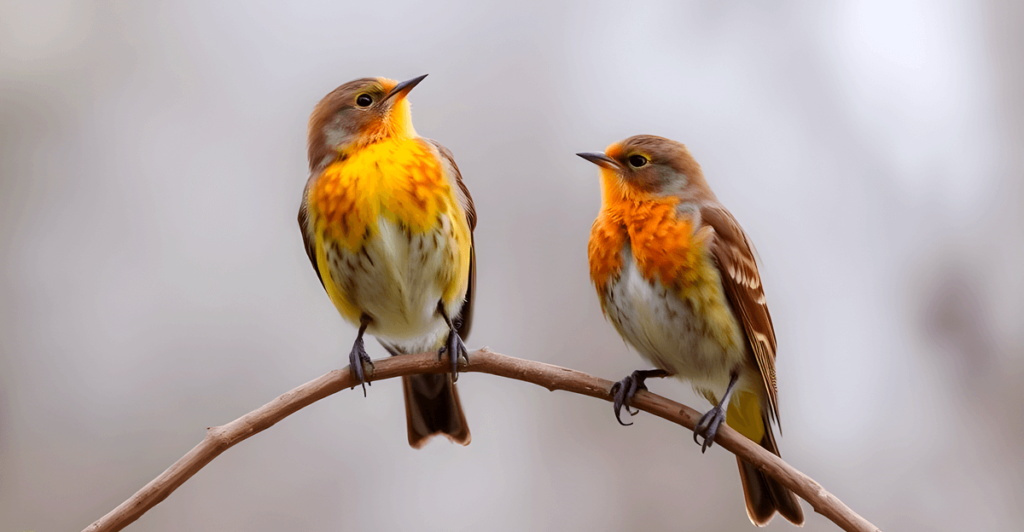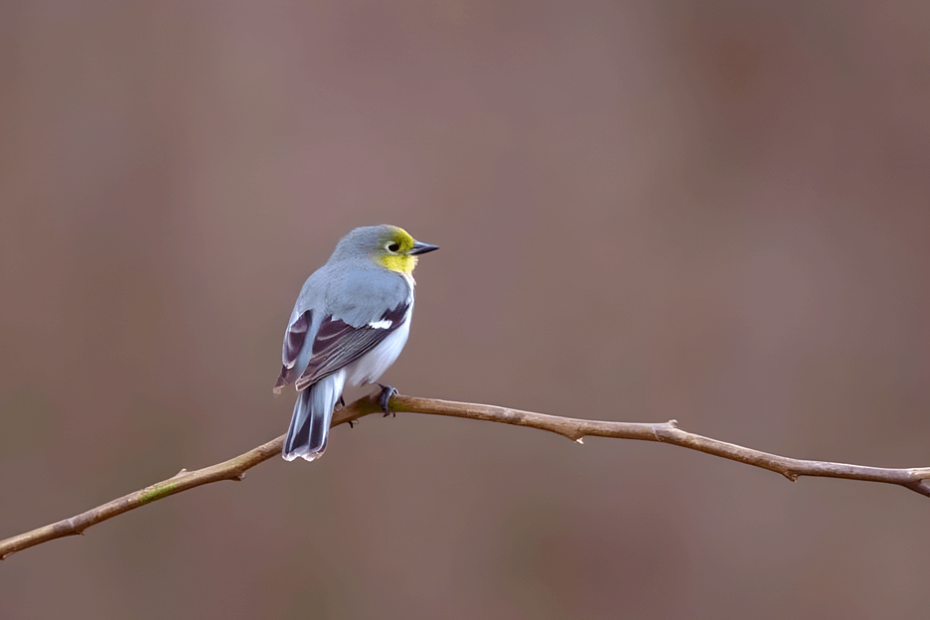Introduction
As an avid birdwatcher with decades of experience in the field, I’ve come to deeply appreciate the rich and complex world of avian vocalizations. From the dawn chorus that heralds the start of each new day, to the occasional chirps and trills that punctuate the afternoon, the sounds of birds have become an integral part of my daily life.
However, over the years, I’ve also noticed that these beautiful bird songs don’t last forever. Just as the first buds of spring give way to the lush foliage of summer, the constant chatter of birds gradually subsides, leaving a noticeable silence in its wake. But what causes this change? And why do some species continue to sing long after others have grown quiet?
In this comprehensive guide, I’ll delve into the fascinating topic of when and why birds stop chirping. Drawing on my extensive observations and research, I’ll explore the various seasonal, daily, and environmental factors that influence avian vocalizations throughout the year. Whether you’re a casual backyard birdwatcher or a seasoned ornithologist, this post will provide you with a deeper understanding of the complex rhythms that govern the ebb and flow of bird song.
Seasonal Changes and Bird Chirping
One of the primary drivers behind the rise and fall of bird chirping is the changing of the seasons. As the calendar marches through the year, the singing and vocalization patterns of our feathered friends ebb and flow in sync with the natural cycles of breeding, nesting, and migration.
Spring and Early Summer Chirping
The springtime is undoubtedly the high point of the avian singing season. As the days grow longer and temperatures begin to rise, birds are spurred into a frenzy of vocal activity. This is the time of year when birds are actively establishing territories, courting mates, and preparing to raise the next generation.
For many species, the dawn chorus – that cacophonous symphony of trills, whistles, and warbles that greets the first light of day – is at its most vibrant and pronounced. Males are singing their hearts out, broadcasting their availability and fitness to potential mates, while also defending their claimed patches of habitat from rivals. The sheer volume and diversity of these early morning avian concerts is truly awe-inspiring to experience.
As spring gives way to summer, the breeding season hits its peak, and birds become even more vocal in their efforts to attract a mate and protect their nests. Newly hatched chicks add their own begging calls to the mix, creating a constant background din that envelops wooded areas and suburban neighborhoods alike. It’s during these lush, verdant months that the avian choir is at its absolute loudest and most dynamic.
Mid-Summer Bird Chirping
However, as summer wears on, the constant chorus of bird song begins to taper off. As breeding activities wind down and nesting duties take priority, many species become noticeably less vocal. The dawn chorus, in particular, tends to diminish in both volume and diversity as the season progresses.
This shift is driven by a number of factors. For one, the intense imperative to attract a mate and defend a territory is no longer as pressing, as most birds have already found their partners and secured their nesting sites. Additionally, the demands of feeding and caring for hatchlings can leave adult birds with less time and energy to devote to vocal displays.
Furthermore, the natural abundance of food resources during the summer months means that birds don’t have to work as hard to meet their dietary needs. This reduced stress and competition can contribute to a more subdued, relaxed vocal profile as the summer wears on.
When Do Birds Stop Chirping?
As summer transitions into fall and winter, the soundscape of the avian world undergoes an even more dramatic transformation. With the breeding season now firmly behind them, most bird species become decidedly less vocal, save for the occasional contact call or alarm chip.
This trend is especially pronounced in migratory species, which allocate their limited energy reserves towards the arduous journeys ahead, rather than maintaining an active vocal repertoire. Even resident birds that remain in their territories year-round tend to drastically reduce their singing as they shift their focus towards survival tasks like foraging and roosting.
That said, there are a few notable exceptions to this general pattern. Some species, like the Carolina wren and the northern mockingbird, are known to continue singing throughout the colder months, providing a welcome respite of song amidst the otherwise silent landscape. Additionally, certain birds may engage in sporadic bouts of vocalization, particularly during the brief windows of warmer weather that can sometimes interrupt the winter doldrums.

Time of Day and Bird Chirping
In addition to the overarching seasonal trends, the daily cycle of light and dark also plays a significant role in governing when birds choose to vocalize. From the first light of dawn to the final fading rays of dusk, the avian soundscape is in constant flux, ebbing and flowing with the rhythms of the day.
Early Morning Chorus
Perhaps the most iconic and well-known aspect of bird vocalizations is the dawn chorus – that magnificent outpouring of song that greets the first hints of sunrise each morning. This phenomenon, in which a wide variety of species simultaneously burst into song, is a true marvel of the natural world.
But what drives this remarkable display? The answer lies in the complex interplay of evolutionary adaptations and environmental cues. For many birds, the dawn hours represent a prime foraging window, as insects and other prey become more active with the rising sun. By broadcasting their presence and territorial claims at this critical time, birds can maximize their chances of securing resources and mates.
Additionally, the specific acoustic properties of the early morning atmosphere – with lower wind speeds, decreased background noise, and the scattering effects of dewy foliage – provide an ideal acoustic environment for bird song to propagate and be heard by potential rivals and mates. It’s no wonder, then, that evolution has tuned birds to capitalize on this fleeting window of opportunity.
Daytime Chirping
As the day wears on, the intensity and frequency of bird vocalizations tends to shift and adapt to the changing environmental conditions. Midday often sees a relative lull in avian song, as birds redirect their energies toward other essential tasks like foraging, resting, and tending to their nests and young.
However, this is not a universal rule – some species, like the ubiquitous house sparrow or the iconic American robin, maintain a fairly consistent level of chirping and trilling throughout the daylight hours. The key factors that influence this diurnal variation in vocal activity include temperature, light levels, and the overall activity patterns of the birds themselves.
For example, many insectivorous birds may experience a burst of singing activity in the late morning and early afternoon, as they time their vocalizations to coincide with the peak activity periods of their preferred prey. Conversely, birds that are more adapted to foraging in the dim light of dawn and dusk may show a more pronounced midday lull in their vocal output.
Evening Quieting
As the sun dips below the horizon and the world slips into darkness, the avian soundscape undergoes yet another dramatic transformation. One by one, the various birds that had been contributing to the daytime cacophony gradually fall silent, until only a few holdouts remain.
This tapering off of bird song as night approaches is a well-documented phenomenon, driven by a combination of physiological and behavioral factors. As light levels decline, many birds experience a natural winding down of their vocal activities, redirecting their energy towards other essential tasks like roosting, preening, and settling in for the night.
Additionally, the decreasing availability of food resources and the heightened risk of predation during the nocturnal hours can further incentivize birds to conserve their energy and reduce their vocal output as darkness falls. The notable exceptions, of course, are the nocturnal species like owls and nightjars, whose vocalizations often take center stage as the daytime birds fall silent.

Other Factors Affecting Bird Chirping
While the cyclical patterns of the seasons and the daily light/dark cycle are the primary drivers behind the ebb and flow of bird vocalizations, there are a number of other factors that can also influence when and how much birds choose to chirp.
Age and Experience
One key determinant of a bird’s vocal output is its age and level of experience. Younger, inexperienced individuals often have a more limited repertoire of songs and calls, and may be less inclined to engage in the robust vocal displays of their older, more seasoned counterparts.
As birds mature and gain experience, their singing abilities tend to improve and diversify. Older males, in particular, are often able to produce more complex, nuanced songs that can serve as reliable indicators of their fitness and breeding potential to potential mates. This is why you’ll often hear the most sustained and elaborate birdsong coming from veteran individuals within a given population.
However, it’s important to note that the relationship between age and vocal prowess is not always a straightforward one. Some species, like the northern mockingbird, are known to actually increase the complexity and variety of their song repertoires over the course of their lifetimes, continuing to surprise and delight avian enthusiasts well into their golden years.
Environmental Disturbances
Another significant factor that can impact the vocal behavior of birds is the presence of various environmental disturbances, both natural and human-made. Things like extreme weather events, habitat fragmentation, and noise pollution can all have profound effects on when and how much birds choose to sing.
For example, studies have shown that birds living in urban environments or near major transportation corridors tend to modify their vocalizations in response to the constant background noise. They may sing at higher frequencies, project their voices more loudly, or shift the timing of their songs to avoid being drowned out by the din of human activity.
Conversely, the sudden onset of a severe storm or other dramatic natural event can cause birds to fall silent, as they redirect their energy towards more immediate survival priorities. In these cases, the cessation of song can serve as an early warning signal, alerting other individuals to potential threats in the area.

Individual Variation
It’s important to recognize that, even within a given species, there can be significant variation in the vocal behavior of individual birds. Just as humans have unique personalities and communication styles, so too do our feathered friends exhibit their own individual quirks and preferences when it comes to singing and vocalizing.
Some birds may be inherently more vocal and expressive than others, driven by a combination of genetic, hormonal, and environmental factors. Others may choose to conserve their energy, opting for a more subdued, minimalist approach to their vocal repertoire. And still others may shift their singing patterns in response to social cues or changing circumstances within their territories.
Ultimately, the intricate dance of bird song is a tapestry woven from the unique contributions of countless individual avian performers. While broad seasonal and daily patterns may provide a useful framework, the true richness and diversity of avian vocalizations can only be fully appreciated by tuning in to the distinctive voices of each unique bird.
Takeaways
- Bird chirping and vocalization patterns are heavily influenced by the changing of the seasons, with peak singing occurring during the breeding season in spring and early summer.
- The daily cycle of light and dark also plays a major role, with the iconic dawn chorus giving way to a relative midday lull and then a gradual evening quieting as darkness falls.
- Other factors like age, experience, environmental disturbances, and individual variation can also shape the vocal behavior of birds throughout the year.
- By understanding these complex rhythms, birdwatchers and nature enthusiasts can develop a deeper appreciation for the intricate soundscapes of the avian world.
Whether you’re an early riser hoping to catch the dawn chorus, or a patient observer waiting for that elusive evening serenade, this comprehensive guide will equip you with the knowledge and insights to better understand the ebb and flow of bird song. So get out there, tune in, and let the wonders of avian vocalization enrich your connection to the natural world.
